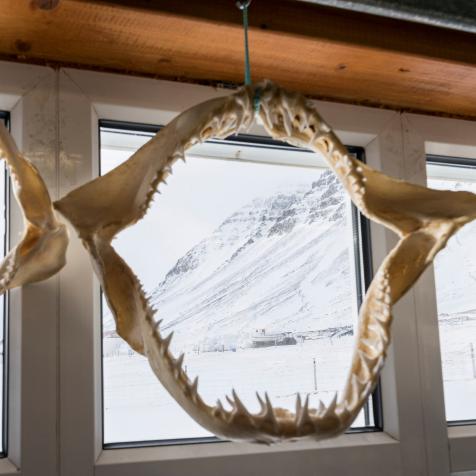
Christine Zenino Travel Photography
Fossils Found Under Greenland’s Ice Sheet
Leaf and twig fossils are discovered to be “perfectly preserved” under Greenland’s ice sheet, fascinating scientists and leading to further discovery.
In 1966 a US military team drilled over a mile into Greenland’s ice, only seeming to pick up ice and dirt. In 2019, the 15-foot-tube of combined ice and dirt was recovered and analyzed by scientists. Ironically so, there was much more to offer than what many assumed to be sand and dirt.
A study was conducted and published by an international team of researchers under the title Proceedings of the National Academy of Sciences to chronicle the “perfectly preserved” leaves and twigs found within the extracted ice cores. The survival of these plants insinuates there was previously vegetation within the vicinity now buried by ice. This further theorizes that an adequate portion of Greenland must have been ice-free within the past million years, according to CNet.
The preservation of these samples have been referred to as a “time capsule” by scientist Andrew Christ. He goes on to explain, “ice sheets typically pulverize and destroy everything in their path, but what we discovered was delicate plant structures. They're fossils, but they look like they died yesterday." These discoveries could lead to significant insight within climate change, as it can potentially help scientists hypothesize how Greenland’s ice sheet will react as temperatures rise and the ice melts, as a result of human activity. It can also aid in measuring how long the ice sheet will take before it’s fully melted, negatively affecting sea levels worldwide, CNet adds.
Scientists are speculating how vulnerable Greenland could be to “human-induced climate change” due to the fact the previous times the ice sheet has somewhat melted was before the addition of human greenhouse gases and emissions. Because sea levels are rising, it’s predicted that the ice will melt faster, leading to severe consequences for the planet and it’s coastal neighbors.
Lead scientist Paul Bierman was imperative at the current issue at hand, explaining, “this is not a 20-generation problem," he said. "This is an urgent problem for the next 50 years."


















